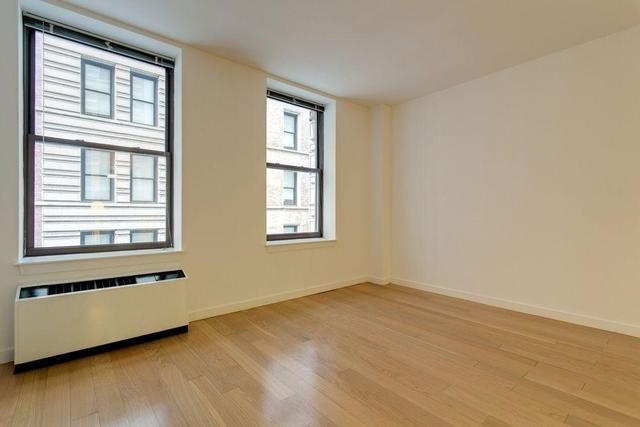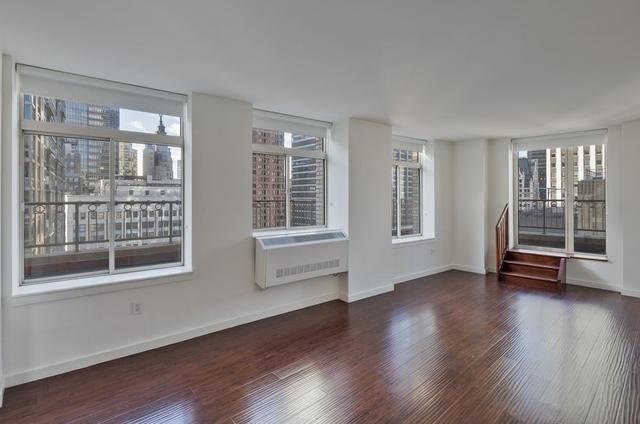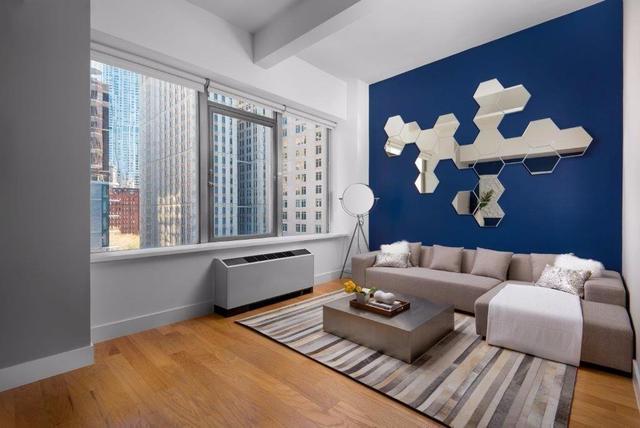
Choosing the Right Brick for Your Home: A Guide to Types and Styles
By: ROS Team
The choice of brick for your home is important, as it can have a lasting impact on the appearance, durability, and value of your property. Bricks come in various types and styles, each with its own pros and cons.
This guide aims to provide an overview of the different types of bricks available and help you choose the right one for your home. Whether building a new house or remodeling an existing one, this guide will help you understand the key factors to consider when selecting the right brick for your project.
Brick Types
When selecting bricks for your home, it is important to remember that there are many different options available.
These are the commonly used bricks in home construction:
1) Clay Bricks
2) Concrete Bricks
3) Engineered Bricks
4) Facade Bricks
Each brick type has its unique character, texture, and style. When selecting an option, consider the style you are looking for, the price point, and the geographic location you plan to use it in, as they all will be affected differently.

1. Clay Bricks
Clay bricks are one of the oldest and most traditional building materials used in construction. They are made from natural clay and fired at high temperatures to create a hard, dense, and durable brick.
Pros of Using Clay Bricks Include:
- Durability: Clay bricks are known for their strength and longevity and can last for many decades with proper maintenance.
- Aesthetics: Clay bricks are available in a range of colors and sizes, allowing for a variety of design options.
- Fire Resistance: Clay bricks are non-combustible, making them a safe option for homes in areas prone to fires.
Cons of Using Clay Bricks Include:
- Cost: Compared to other types of bricks, clay bricks can be more expensive.
- Weight: Clay bricks are heavy and can be difficult to transport and handle during construction.
- Porosity: Clay bricks are porous and can absorb moisture, making them susceptible to staining and damage.
Examples of Clay Brick Styles Include:
- Wire-Cut Bricks: These bricks have a rough, textured surface and are often used for traditional or heritage-style homes.
- Face Bricks: These bricks are smooth and have a uniform color and texture, making them suitable for contemporary designs.
- Pressed Bricks: These bricks have a smooth, uniform surface and are often used for modern, sleek designs.
When choosing clay bricks for your home, consider factors such as budget, design style, climate, and the brick’s strength, durability, and fire resistance.
2. Concrete Bricks
Concrete bricks are a popular building material made from a mixture of cement, sand, and aggregates. They are known for their strength, durability, and versatility, making them a popular choice for homes and other structures.
Pros of Using Concrete Bricks Include:
- Cost-Effective: Compared to clay bricks, concrete bricks are often more affordable.
- Versatility: Concrete bricks come in a range of shapes, sizes, and colors, allowing for greater design flexibility.
- Strength: Concrete bricks are known for their strength and resistance to weathering, making them suitable for use in areas with extreme climates.
Cons of Using Concrete Bricks Include:
- Aesthetics: Concrete bricks can look uniform and lack the character and charm of clay bricks.
- Environmental Impact: The production of concrete bricks requires the use of cement, which can have a negative impact on the environment.
- Moisture Issues: Concrete bricks can absorb moisture, leading to staining and other issues.
Examples of Concrete Brick Styles Include:
- Solid Bricks: These bricks are solid and dense, making them suitable for load-bearing walls.
- Hollow Bricks: These bricks have a hollow center, making them lighter and easier to handle during construction.
- Decorative Bricks: These bricks have a decorative surface, such as a smooth or textured finish, and can be used to add interest to walls and other surfaces.
3. Engineered Bricks
Engineered bricks are a modern type of building material made from a combination of materials, including concrete, clay, and other natural and synthetic components. They are designed to offer the best of both worlds, combining the strength and durability of concrete bricks with the traditional look and feel of clay bricks.
Pros of Using Engineered Bricks Include:
- Durability: Engineered bricks are designed to be strong and durable, making them suitable for use in a range of structures.
- Aesthetics: Engineered bricks come in a range of colors and styles, allowing for greater design flexibility.
- Sustainable: Engineered bricks are often made from recycled materials, making them a more sustainable option for building and construction.
- Low Maintenance: Engineered bricks are less porous than clay bricks and less prone to staining and damage, making them a low-maintenance option for homes.
Cons of Using Engineered Bricks Include:
- Cost: Engineered bricks can be more expensive than other types of bricks.
- Limited Availability: Engineered bricks may not be as widely available as other types of bricks and may need to be ordered in advance.
- Complex Manufacturing Process: The production of engineered bricks is a more complex process than other types of bricks and requires specialized knowledge and equipment.
Examples of Engineered Brick styles Include:
- Structural Insulated Panels: These bricks have a high insulation value and can be used to create energy-efficient buildings.
- Thin Bricks: These bricks are lighter and easier to handle, making them suitable for use in renovations and additions.
- Faux Bricks: These bricks are designed to look like traditional clay or stone bricks and can be used to add character and charm to modern designs.
When choosing engineered bricks for your home, consider factors such as budget, design style, climate, and the brick’s strength, durability, and sustainability. Be sure to work with a reputable supplier who can help you find the right brick for your project and install it correctly.
4. Facade Bricks
Facade bricks are a type of building material that is used to finish the exterior walls of a building. They are typically used as a decorative finish to add character and charm to a building. They are often used in combination with other types of building materials, such as concrete or masonry.
Pros of Using Facade Bricks Include:
- Aesthetics: Facade bricks come in a wide range of colors, shapes, and sizes, allowing for greater design flexibility and creativity.
- Durability: Facade bricks are designed to withstand the elements and last for many years with proper maintenance.
- Energy Efficiency: Some facade bricks have insulation properties, which can help reduce energy costs and improve the overall energy efficiency of a building.
Cons of Using Facade Bricks Include:
- Cost: Compared to other types of building materials, facade bricks can be more expensive.
- Complex Installation: Installing facade bricks can be a complex process that requires specialized knowledge and skill.
- Maintenance: Facade bricks can become stained or discolored over time and may require regular cleaning and maintenance.
Examples of Facade Brick Styles Include:
- Decorative Bricks: These bricks are designed to add character and interest to a building’s exterior and are often used to accent walls or highlight specific architectural features.
- Thin Bricks: These bricks are designed to mimic the look of traditional clay or stone bricks and are often used for renovations and additions.
- Insulated Bricks: These bricks have an insulated core, making them suitable for use in energy-efficient buildings.
Environmental Considerations
When choosing building materials for your home, it’s important to consider the environmental impact of the materials you choose. Here are some environmental considerations to keep in mind when choosing bricks for your home:
1- Sustainability
Consider the sustainability of the brick production process. Clay bricks, for example, are made from natural materials that are abundant and renewable. In contrast, concrete and engineered bricks may contain synthetic materials and may require more energy-intensive production methods.
2- Recyclability
Look for recyclable bricks that can be reused or repurposed after their intended use. For example, engineered bricks may contain recycled materials, and some clay bricks can be crushed and used as a base for roads or landscaping.
3- Energy Efficiency
Consider the energy efficiency of the bricks you choose. Some bricks, such as insulated facade bricks, have insulation properties that can help reduce energy costs and improve the overall energy efficiency of your home.
4- Embodied Energy
The embodied energy of a building material is the total energy used in its production, transport, and installation. Consider the embodied energy of the bricks you choose, and look for materials that have a lower embodied energy and are sourced from a nearby location to reduce transportation emissions.
5- Carbon Footprint
The carbon footprint of a building material is the total carbon emissions produced in its production and transportation. Look for bricks that have a low carbon footprint and are produced in an environmentally responsible manner.
When making an environmentally conscious decision about the bricks you choose for your home, consider the materials’ sustainability, recyclability, energy efficiency, embodied energy, and carbon footprint. Work with a reputable supplier who can help you find the right brick for your project.
Factors to Consider When Choosing a Brick
When choosing a brick for your home, several factors must be considered to ensure you make the right choice for your needs and preferences. Here are some of the key factors to consider:
- Purpose: Consider the purpose of the brick, such as whether it will be used as a load-bearing structure, a decorative facade, or an insulation material. Different types of bricks are better suited to different purposes. So choosing the right type of brick for your specific needs is important.
- Climate: Consider the climate in your area and its effect on the brick over time. Bricks in areas with extreme temperatures or high humidity may require special consideration.
- Budget: Consider your budget and the cost of the bricks, as well as the cost of installation and any required maintenance.
- Style: Consider the style and design of your home, and choose bricks that complement the existing architecture and aesthetic.
- Durability: Consider the bricks’ durability and ability to withstand wear and tear, weathering, and moisture.
- Maintenance: Consider the maintenance requirements of the bricks, such as cleaning and sealing, and choose low-maintenance bricks and easy to care for.
- Sustainability: Consider the sustainability and environmental impact of the brick production process, and look for bricks that are made from environmentally responsible materials and production methods.
Final Thoughts
Choosing the right brick for your home is a crucial decision that requires careful consideration of several key factors. Including purpose, climate, budget, style, durability, maintenance, and sustainability.
With a wide range of options available, it’s important to weigh the pros and cons of each type of brick to determine which is best for your specific needs and preferences.
Whether you’re looking for a strong load-bearing structure, a decorative facade, or an insulation material, a brick can meet your requirements.
With the help of a reputable supplier and building professional. You can make an informed decision that will provide the durability, sustainability, and aesthetic appeal you’re looking for.
Remember, the brick you choose will be a part of your home for many years to come, so it’s important to make the right choice.








